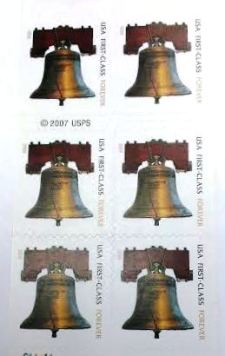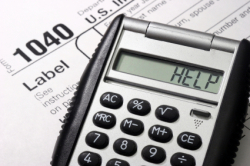U.S. Mail First-Class Letter Rates to Increase by Three Cents on January 26, 2014
/ The Postal Regulatory Commission (PRC) announced on Christmas Eve that it was approving a U.S. Postal Service request for a 3 cent increase in first-class mail single letter rates effective January 26, 2014. This will increase the price of stamps from 46 cents to 49 cents, or 6.5% (though I'm puzzled by the PRC press release that indicates an increase of 6.0%, which, if you do the math, is incorrect...maybe they need to hire me and my calculator).
The Postal Regulatory Commission (PRC) announced on Christmas Eve that it was approving a U.S. Postal Service request for a 3 cent increase in first-class mail single letter rates effective January 26, 2014. This will increase the price of stamps from 46 cents to 49 cents, or 6.5% (though I'm puzzled by the PRC press release that indicates an increase of 6.0%, which, if you do the math, is incorrect...maybe they need to hire me and my calculator).
This is a pretty significant increase, well in excess of the Consumer Price Index change that is typically uses to justify rate increases. The reason for this is that they are seeking to offset what they call "exigent" losses during the "Great Recession of 2008-2009."
I had to look up the word "exigent" as it is not part of my limited vocabulary. According to Merriam Webster online, exigent is defined as "requiring immediate attention or action." OK, I guess I could have figured that out.
The PRC indicates that this increase is "temporary" however as it has determined that 25.3 billion pieces of volume were lost between 2008 and 2011 at a loss of $2.8 billion and that this temporary increase in excess of inflation would be put in place until the lost revenue is made up. This could be a few years.
Previous first-class letter rate increases were 1 cent in January 2013, 1 cent in January 2012 and 2 cents in May 2009.
This next month is probably the best time ever to stock up on "Forever" stamps to be the 6.5% price increase. If you don't use mail much, I suspect this will not have too big of an impact on you. If you do plan to mail a lot of stuff these next few years, it is exigent that you stock up soon.







